Painting in Stone (2020) – Review
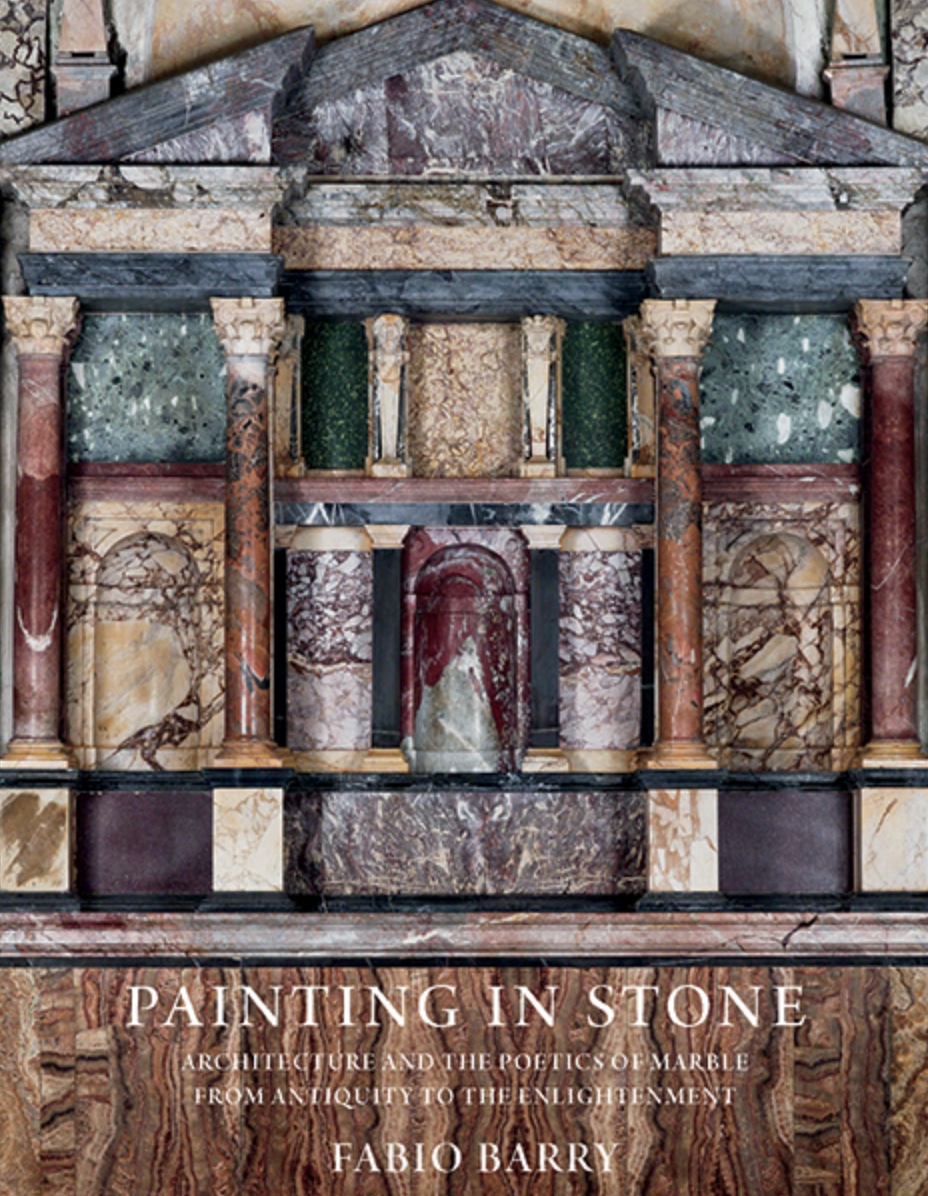
‘Matter endures, form is lost.’ —Pierre de Ronsard [1]
Fabio Barry’s recent book, Painting in Stone: Architecture and the Poetics of Marble from Antiquity to the Enlightenment, opens with an unlikely frontispiece. Rather than a photograph of a historical case, as suggested by the title, Barry presents a contemporary artwork by the sculptor Stephen Cox: a fractured block of antique, Egyptian porphyry, repaired by the artist to invoke ancient practices of gold-mining. [2] The frontispiece is literally book-ended on the final page with another recent project, Five Stages of Maya Dance by Marina Abramović, a series of 3D-scanned facial gestures, CNC-milled in translucent, alabaster blocks. [3] The subsequent interweaving of present-day artworks with a persuasive historical narrative is a subtle hint toward Barry’s ambition. In order to scratch away inherited prejudices and metaphors, it seems, we cannot claim a temporal detachment from our subject. Did you ever pick up a piece of marble and see it glow in the sunlight or admire the colours and patterning? Or do you remember that marble-lined bathroom, where the owner bragged about using marble ‘from Michelangelo’s quarry’?
Such pervasive images of marble, and one could cite many others, are buried deep in our collective imagination. By acknowledging the role of the present day, Barry takes a significant step toward unravelling marble’s mysteries. In our historical relation with matter, we must summon the vestiges of our premodern imagination.
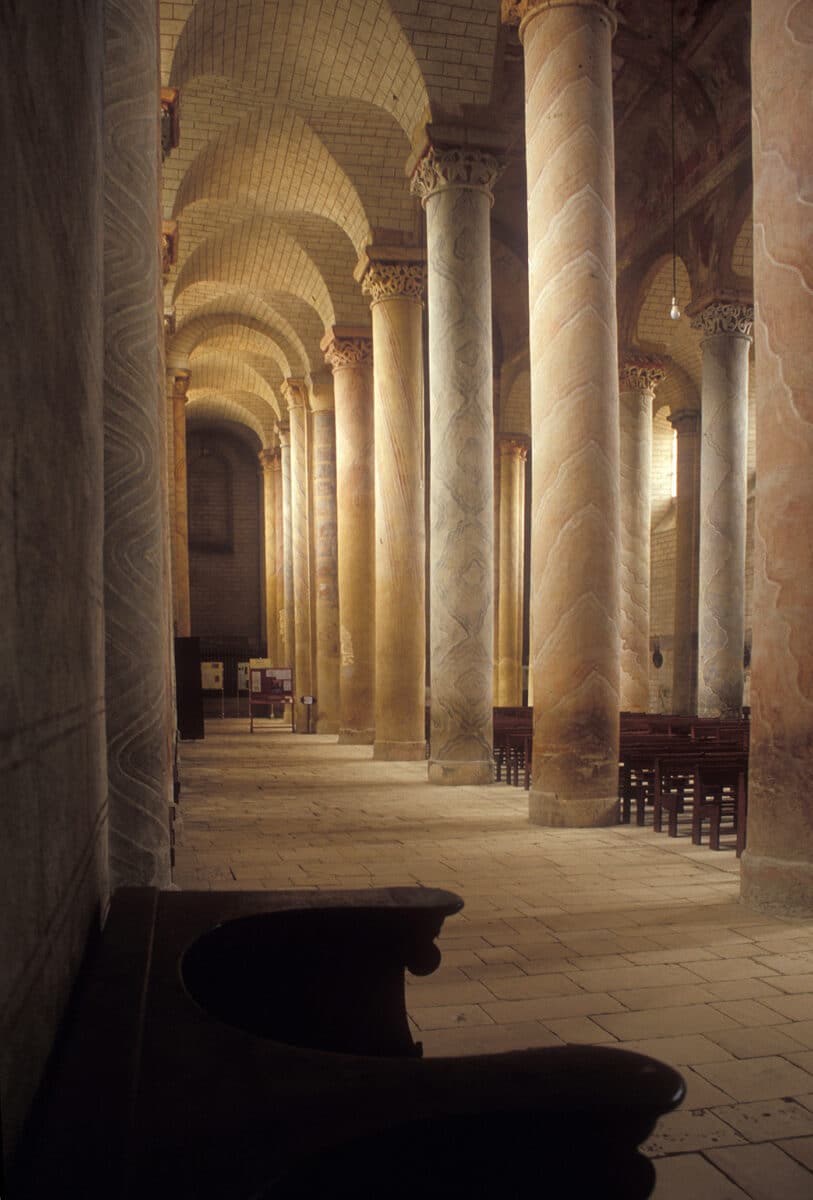
St.-Savin-sur-Gartempe, Poitou. Photo by Fabio Barry.
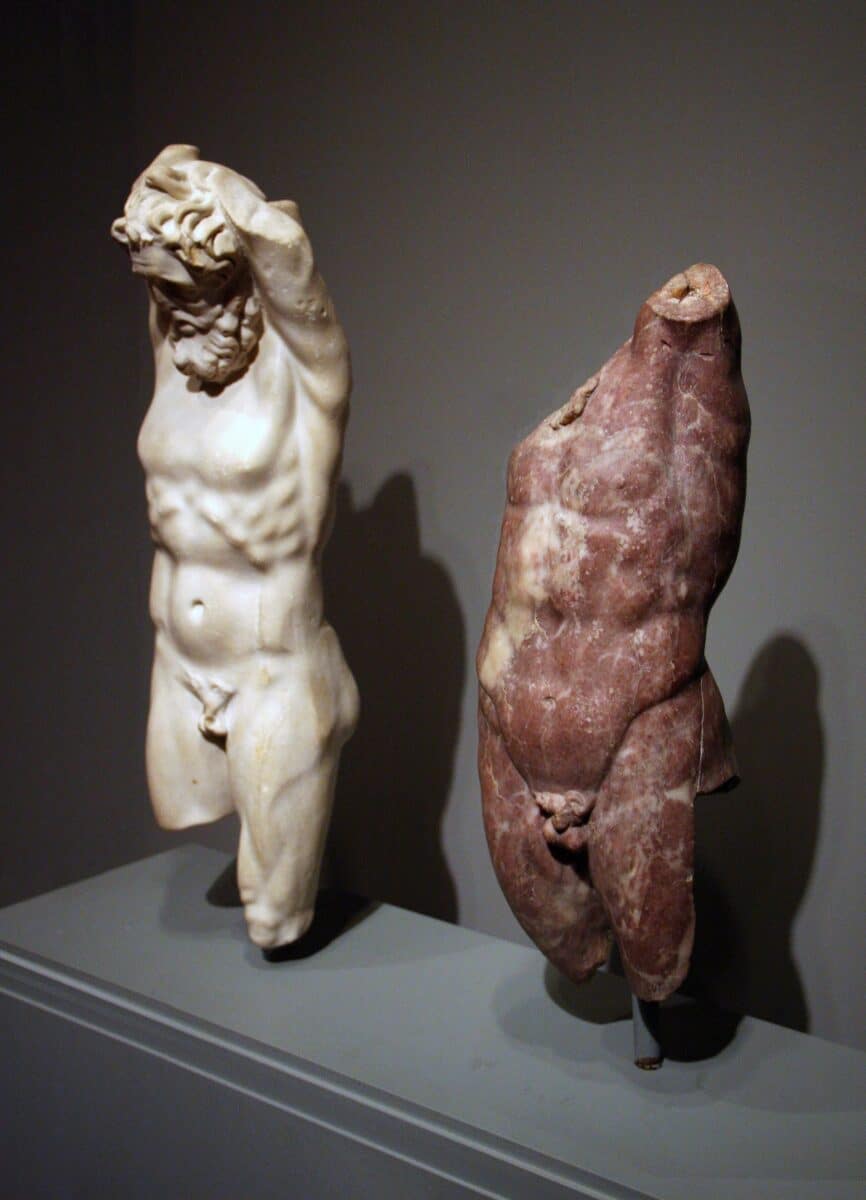
Marsyas, 14/68 AD. Phrygian marble (pavonazzetto), 21 1/8 × 7 1/2 × 6 3/8 in. (53.6 × 19 × 16.2 cm). Worcester Art
Museum, MA. Sarah C. Garver Fund. 1971.89. Photo by Fabio Barry.
In the Introduction, Barry cites Gaston Bachelard’s ‘material imagination’ as a guiding concept, offering a pre-cognitive attitude toward matter structured around the traditional four elements. [4] Like Bachelard, Barry relies extensively on literary and poetic references to dislodge ourselves from the objective emphasis on form and empirical attributes, citing these sources as ‘the hard currency of the imagination’. [5] Toward this end, he aims none other than to pen ‘a biography of a material, written from the viewpoint of a medium, as a model for the history of the imagination’. [6] This deceptively simple framing of a vast topic proves keenly original.
The book is comprised of over three hundred pages of generously illustrated and meticulously researched narrations on marble and coloured stones in architecture, spanning four millennia and reaching from Mesopotamia to the Atlantic. In traversing time and geography, Painting in Stone distinguishes itself from the crowd of related books currently out on the topic. Others in the recent genre of marble-gazing have been published as edited volumes, such as Aesthetics of Marble: From Late Antiquity to the Present, edited by Dario Gamboni, Gerhard Wolf and Jessica N. Richarson, I Colori del Marmo, edited by Christiano Giometti and Cinzia M. Sicca; and Radical Marble: Architectural Innovation from Antiquity to the Present, edited by J. Nicholas Napoli and William Tronzo. These books offer brilliant insights into different aspects of the material culture of marble, but Barry’s single-author approach allows him to weave a surprisingly coherent thread through diverse contexts. The steadiness of vision is perhaps mirrored in the time taken for these ideas to mature, some of which date back more than twenty-five years to Barry’s seminal article, ‘”I Marmi loquaci”: Painting in Stone’, in the now-defunct Daidalos from 1995. [7]
Organised chronologically, each of the twelve chapters is anchored in a specific time period and geographic area. The book’s title, Painting in Stone, a nod to Pliny the Elder’s lament of Roman luxury, crisply summarises the storied, intermedial potential of marbles and coloured stones. [8]
The plethora of cases and examples, both familiar and new, provide a continuous stream of well-researched references and sources. This is backed up by an extensive bibliography and endnotes covering a vast range of primary and secondary sources, adding up to a valuable reference for the lithic-curious architect or scholar. A number of revised or previously unavailable English translations also appear throughout. Barry writes in erudite prose that keeps the reader absorbed, even among a broad selection of textual and visual references.
Having the benefit of such a wide, historical stance, the text illuminates with new clarity a number of recurring themes that often bridge between chapters. The first concerns its capacity for vivacious, matter-based associations based on a premodern geology of a living earth. A telling example of this lies in the polyseme ‘vein’, which can refer to the blood vessels of the body as well as the streaks and patterns of marble, a result of the earth’s generative forces.
A second theme examines marble as a diaphanous vessel caught between visible and divine light. For millennia, poets, philosophers, and priests have imagined with marble’s crystalline tinctures and effervescent reflections. Marble’s luminous presence is traced through related materials, such as glass, water, and gems, scrutinizing them as transitive substances linked through their sparkling effect and cloudy, vapour-like secretions. Architecturally, this is manifest in heavenly floors (in particular, Hagia Sophia) and the glowing radiance of thinly-sliced marble or alabaster windows, as in the Galla Placidia and the Orvieto Cathedral.
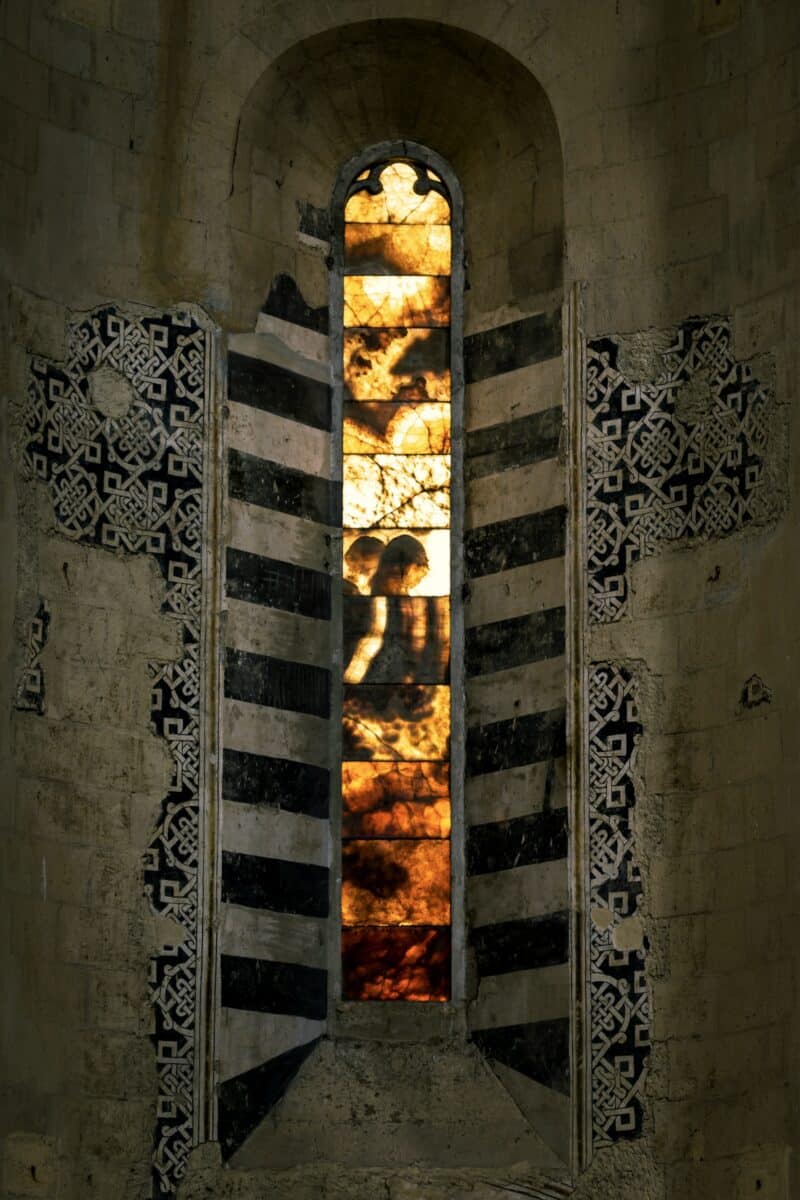
And finally, in a third theme, Barry explores the persistent association of marble’s veining, colouring, and patterning with nature (or God) as a kind of painter whose works are presenced through human facture. The chiastic relation between artifice and nature appears in earth’s living geology, depicted as human figures, animals, and plants on the surface of polished marble. Divinely-inspired craftsmanship pinnacled in the Byzantine practice of marble revetment book-matching, a legacy from Hagia Sofia, to which Barry devotes an entire, penetrating chapter.
The notion that lithic materials host figural mysteries persists well into the early modern conception of geology, as seen in the fascinating, seventeenth-century illustrations of Athanasius Kircher. [9]

Beyond his main themes, Painting in Stone also probes a number of more specific cases from the inventory of stony myths. For example, the relation between colour and whiteness is explored already in the opening chapter, where certain, enduring themes emerge around divine radiance which pre-date marble architecture altogether. Further on, when white, marble temples are discussed, Barry unpacks the subtleties of the concept in relation to highly specific material images in Parian, Pantelic, and Luna marbles. Another example can be found in the topos of the monolithic building or sculpture; the praise for that which is ex uno lapide (of one stone). Scholars have long been perplexed over contradictions in the literary sources, which in many cases refer to monolithic creations that have been made of many pieces, even bricks. Barry’s re-examination of original texts, along with connections to technical notions of ad unguem (tightly-fitted joints) and harmonia (well-joined), argues that the material image of the monolith was not necessarily linked to its having been wrought in a single block, but also included well-made fabrications.
Barry’s broad swathe on the topic identifies key inflection points in the history of marble techniques and practices, leading to critical findings. From these, he occasionally pushes back against certain modernist conventions. For instance, he argues against the popular assumption, set in place since Vitruvius, that faux-marble, fresco interiors in Roman and Hellenistic palaces are an imitation of revetted interiors in solid marble panels. [10] Based on a close examination of the archeological evidence, as well as the ambiguities in Vitruvius’ Latin, however, he concludes that the so-called ‘copy’ of marble interiors arrived before the actual thing — a direct hit on architects’ deeply embedded assumptions about original vs. copy.
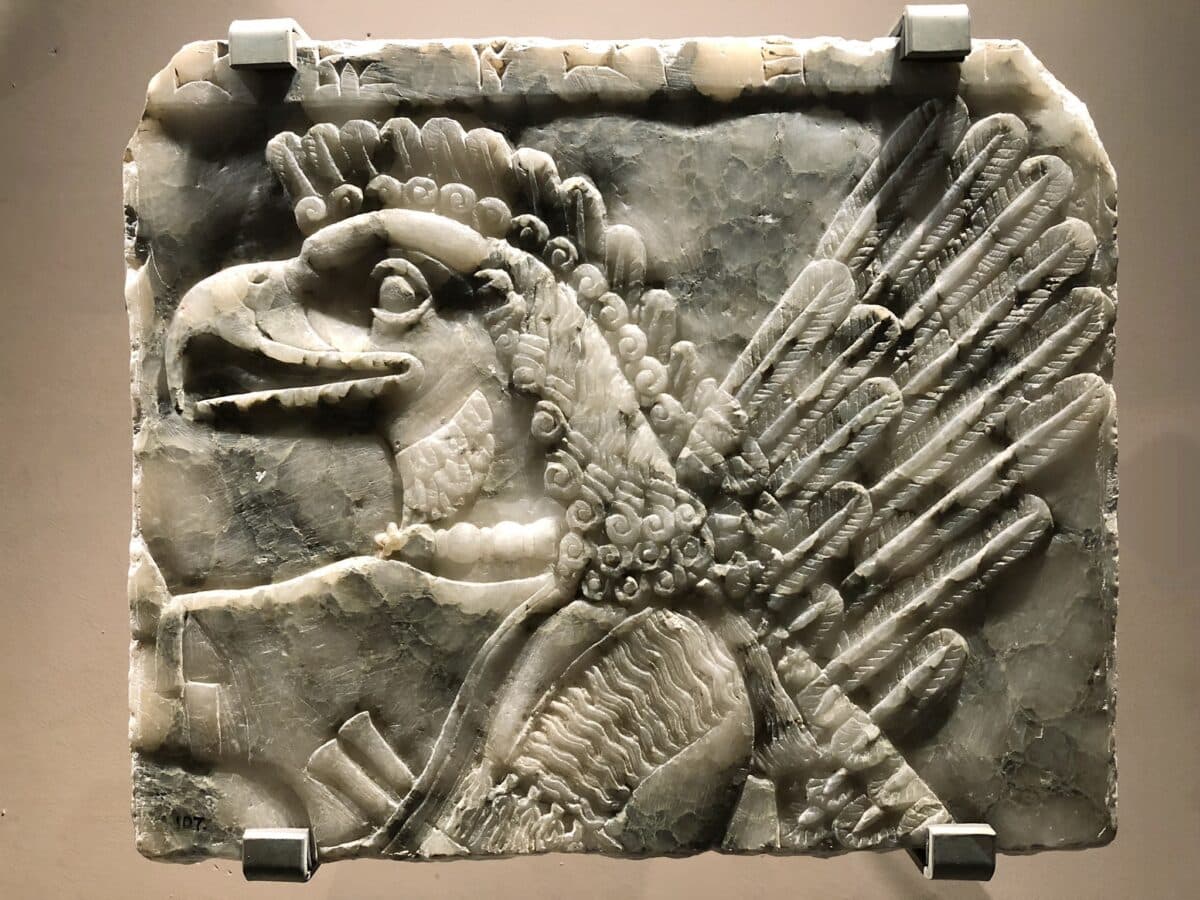
(“Mosul marble”), 15 3/8 × 12 5/8 in. (39 × 32 cm). Fitzwilliam Museum, Cambridge, ANE.1.1908. Photo by Fabio Barry.
Another example can be seen in Barry’s critique of the standard assumption that marble is a representation of extravagant consumption and an index of political power and imperial dominance. While there is ample evidence to uphold this view, he shows that marble’s exclusivity and over-exploitation has been a dilemma for poets for centuries. Moreover, it is often overlooked that in late Republication period, as well as during the time of Augustus, there was a wide distinction between marble used for ennobled public purposes and marble used for private excess.
In one final example, from the book-matched marble revetments of Hagia Sophia, Barry questions the default assumption that the original craftsmen saw figural compositions in them at all, something that seems completely obvious to most any observer today. Returning again to the literary sources, it seems that seeing hooded monks today is quite strongly linked to our modern, inherited psychology, and that eighth century perceptions were much more likely to connect these patterns to landscape.
What can we make of the latest interest in marble-gazing among historians? Perhaps it is a gesture toward the preservation of our imaginative faculties in the face of rapidly changing times. In a moment when marble extraction is increasingly seen as untenable in the face of accelerated, Late Capitalist consumption, one may wonder about the value of a book on the biography of marble. However, as Barry subtly suggests, marble is not just a material from the past — it continues to inform practices today, with its myriad of associations and complications. As architects, then, we should connect with these themes and discover the best and most enduring use of the material. The recent completion of the translucent, marble hall in Norway’s National Museum in Oslo can find some resonance with the Orvieto Cathedral’s famous alabaster window: both aim at illuminating some ineffable reality through the combination of nature itself and ingenious facture. Indeed, both were built for public enjoyment for generations. [11]
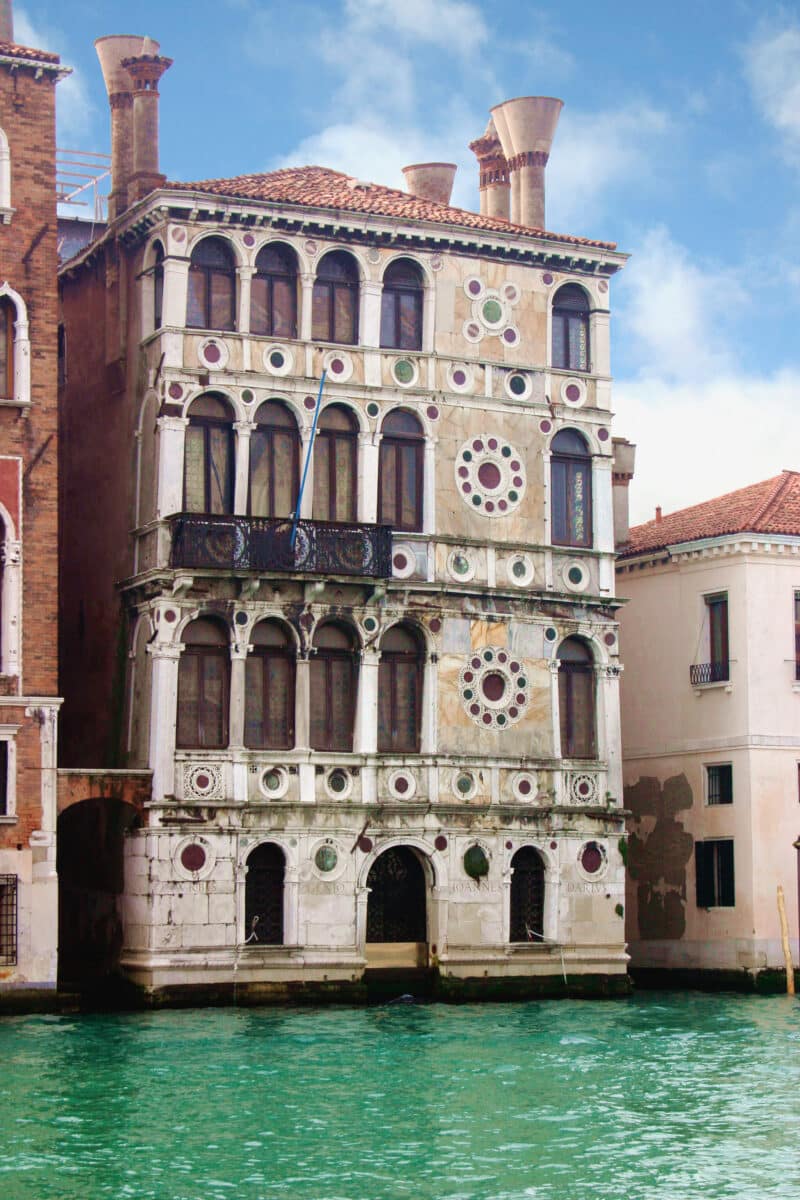
Painting in Stone: Architecture and the Poetics of Marble from Antiquity to the Enlightenment (2020) by Fabio Barry is published by Yale University Press.
Jonathan Foote is an architect and Associate Professor at the Aarhus School of Architecture.
Notes
- Pierre de Ronsard, Contre les bucherons de la forèt Gastine (16th c.).
- See here.
- In collaboration with Factum Arte (2013), see here.
- Gaston Bachelard, Water and Dreams: An Essay On the Imagination of Matter, translated from the French by Edith R. Farrell (Dallas Institute of Humanities and Culture, 1983), pp.1-18.
- Fabio Barry, Painting in Stone: Architecture and the Poetics of Marble from Antiquity to the Enlightenment (New Haven and London: Yale University Press, 2020), p.4.
- Ibid., p.1
- Fabio Barry, “‘I Marmi loquaci’: Painting in Stone”, Daidalos 56 (June 1995), pp.106-121.
- Pliny the Elder, Natural History, 35.1.2-3.
- Athanasius Kircher, Mundus Subterraneous (1665).
- Vitruvius, De architectura (7.5.1).
- See references to the new National Museum’s Light Hall (Lyshallen) here.
